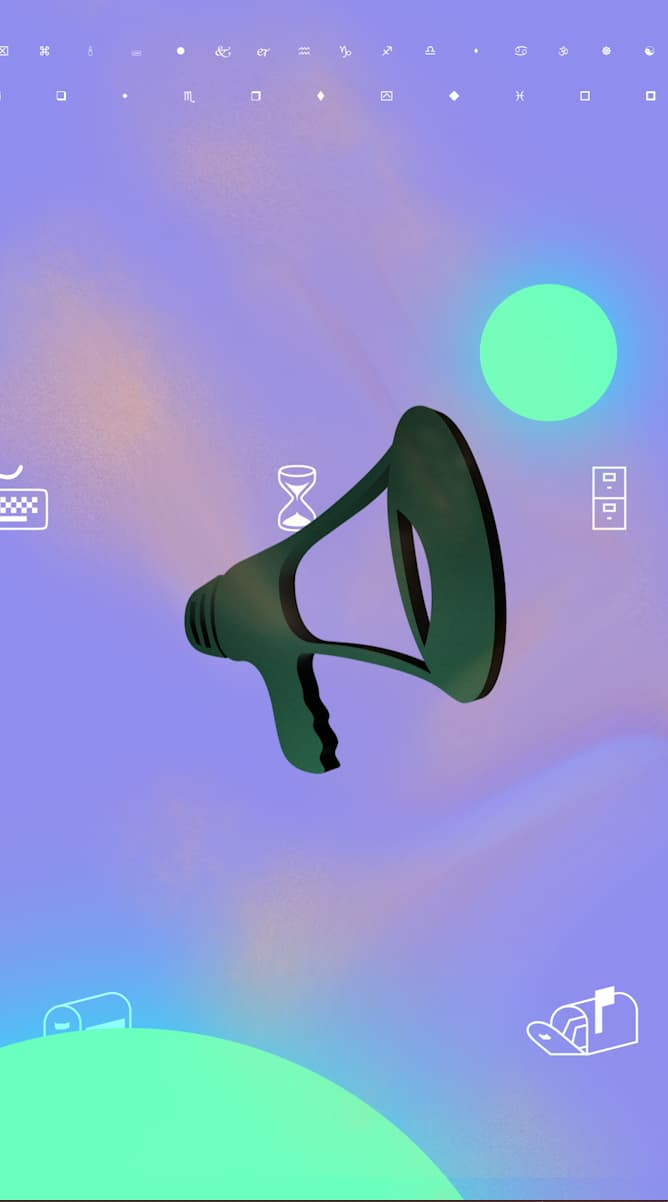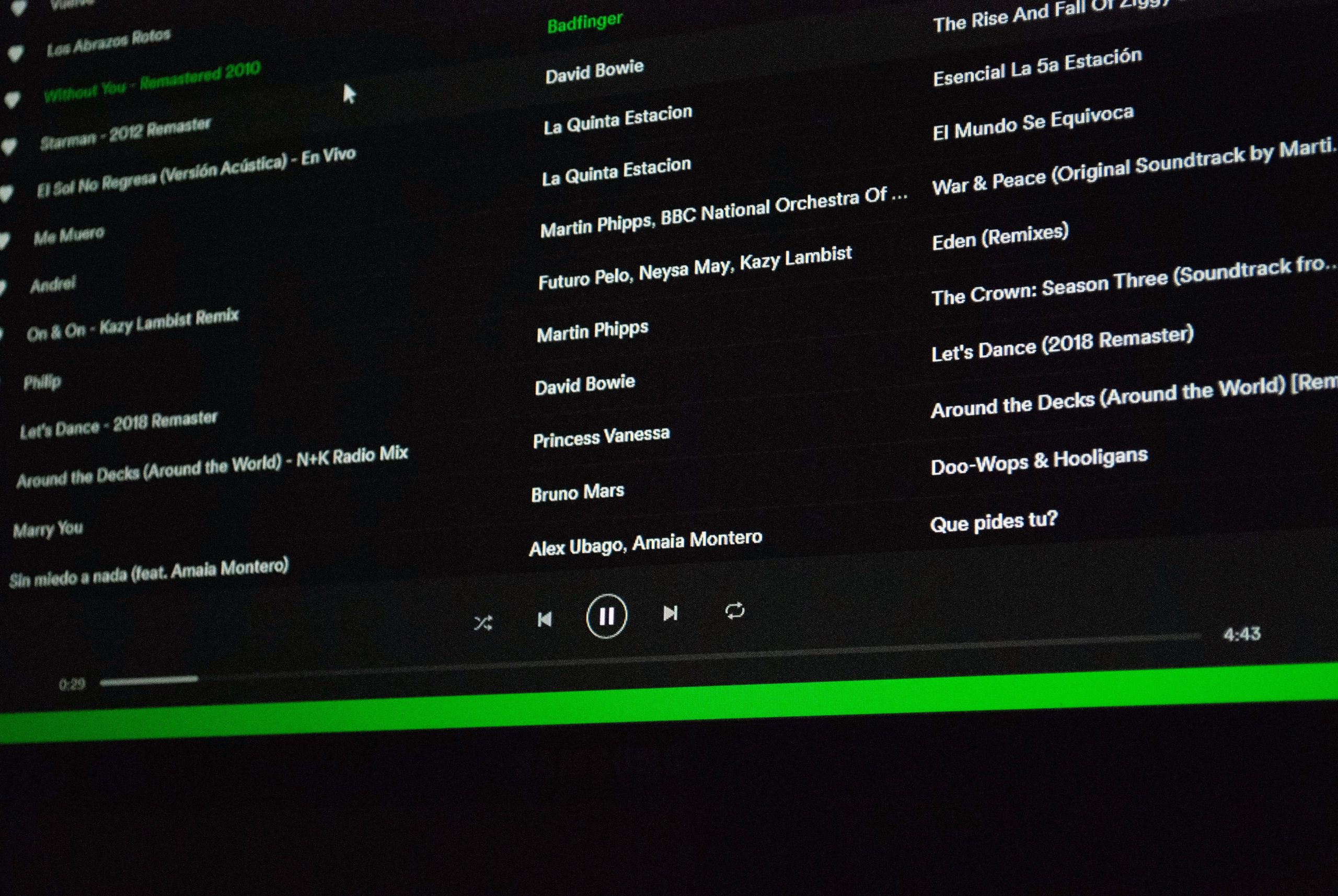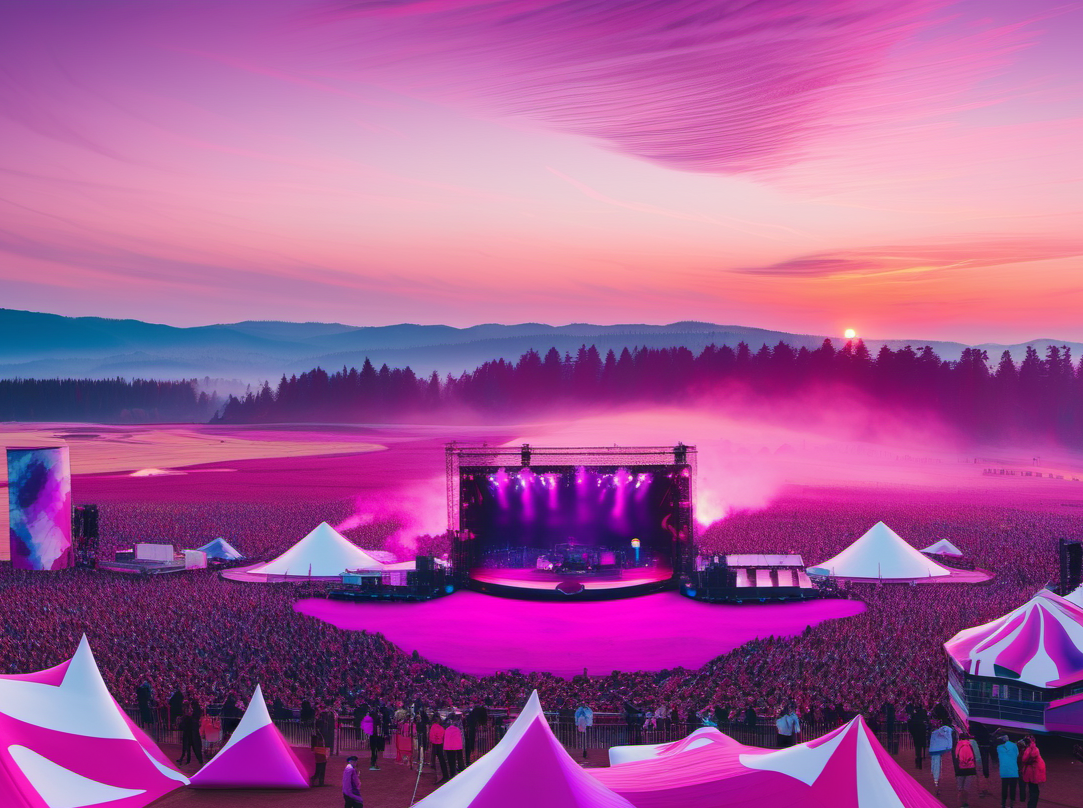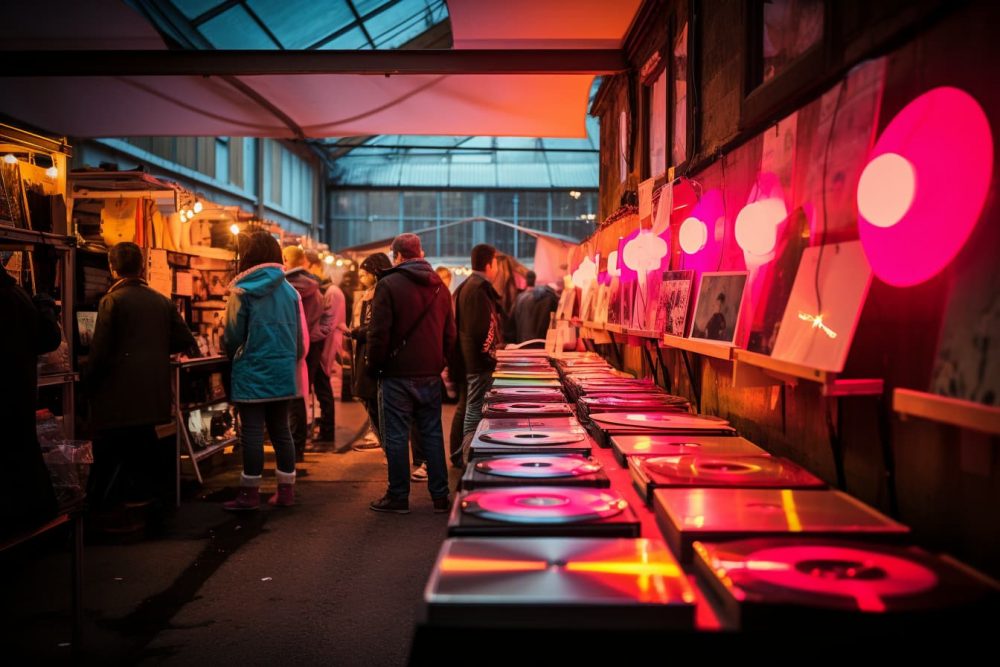How Creative Directors Transform Artists’ Visions Behind The Scenes
Creative directors are the visionary minds that use audio cues to develop an artist’s outward image as well as the overall visuals that convey an album/project’s message in the best way possible.
A creative director’s role can vary greatly depending on the artist, their label, budget, and the team’s overall involvement. However, they are usually the individuals who are responsible for taking an artist’s ambitious vision and translating it into a budget-friendly version. When these collaborations work out, they tend to lead to a long-lasting relationship that turns musicians into 360-degree legends. Think Ciarra Pardo and Rihanna, Jenke-Ahmed Tailly and Beyoncé, and Cédric Hervet and Daft Punk.
The Basics
While visuals have always been important in elevating a musician’s status, social media has ushered in a digital age that prioritises visual content over anything else. Music discovery has gone digital and an artist’s image is critical when it comes to their success and career longevity.
2020’s top hits have been driven by sales and streams that were primarily based on the popularity of the music video on audiovisual channels such as Youtube. BTS’ “Black Swan”, “Rain on Me” by Lady Gaga and Ariana Grande, Beyonce’s “Brown Skin Girl” and Harry Styles’ “Watermelon Sugar” may have just been solid songs in their respective’s artists’ repertoire; instead, their music videos gave these singles that extra push to turn them into worldwide hits.
These real-life examples all illustrate that visuals enhance the immersive experience by letting the audience into the artist’s world. By making use of the audience’s visual memory, music videos, photoshoots and other visuals create associations and facilitate memory recall.
What does a creative director do?
A creative director’s role can be as limited or as vast as the artist and their team wants it to be. At the highest level, a creative director is responsible for developing the artist’s brand guidelines, devising mood boards for different elements (such as for photoshoots, video shoots, album artwork etc) that result in a cohesive campaign, and for recruiting people who can create these final products.
Additionally, a creative director serves as the main point of reference for the creatives on the set, be it the stylist, the makeup artist or the music video director. They serve as the artist’s right-hand person when it comes to making sure that everything is being executed according to the artistic and brand visions. The more logistical side of the job involves budgets and finance management as well as project management and deadlines. Successful creative directors have their ears on the ground and do their research when it comes to emerging creatives and future collaborators.
Case Studies
Billie Eilish x Cour Design
Cour Design‘s Erik Anderson and Gordon Droitcour have been working with Billie Eilish since 2017. The duo saw Eilish through her journey to worldwide domination. By collaborating with Eilish, as well as other live industry players such as production and lighting consultant Nick Whitehouse at Fireplay, lighting director and programmer Tony Corporale and lead programmer Dominic Smith, Cour Design managed to create an impeccable set for the When We Fall Asleep world tour, which included the famous floating bed that is now associated with Eilish’s debut.
In an interview with Live Design, Anderson said, “The first tour we sent Billie on was with one of our automated systems, and her dad was setting up the lighting because there was no LD to operate anything. Now she’s doing seven trucks. That’s happened in a 12-month period.”
Tyler, The Creator x Phil Toselli
Tyler, The Creator’s creative sidekick is the LA native Phil Toselli, the skateboarder turned designer turned creative director. After working with VANS for 6-7 years, Toselli joined Tyler’s team during the Odd Future campaign. Ever since then, he has served as Tyler’s creative right-hand man. With Tyler, he has been involved in a wide variety of creative outlets, including clothing ventures, the carnival/music festival Camp Flog Gnaw, touring, graphics, background visuals and whatnot.
In an interview with UNRTD, Tosilli differentiated between working as a creative director with an established brand such as VANS and working with an artist and their team. “With a brand, there are so many rules and people to say either “yes” or “no.” There’s just so many people to answer to–it’s a huge chain all trying to protect their vision or maybe just their job.” He continued, “With Tyler, it’s just him basically. There’s no “brand” to protect or market to the public, It’s just his vision and how he wants it.”
Final notes
These two case studies show how a good creative director can truly be a game-changing addition to an artist’s team. By focusing on collaboration rather than indoctrination, an artist, together with their creative director and creative team, can conceive something innovative that truly stands the test of time.






